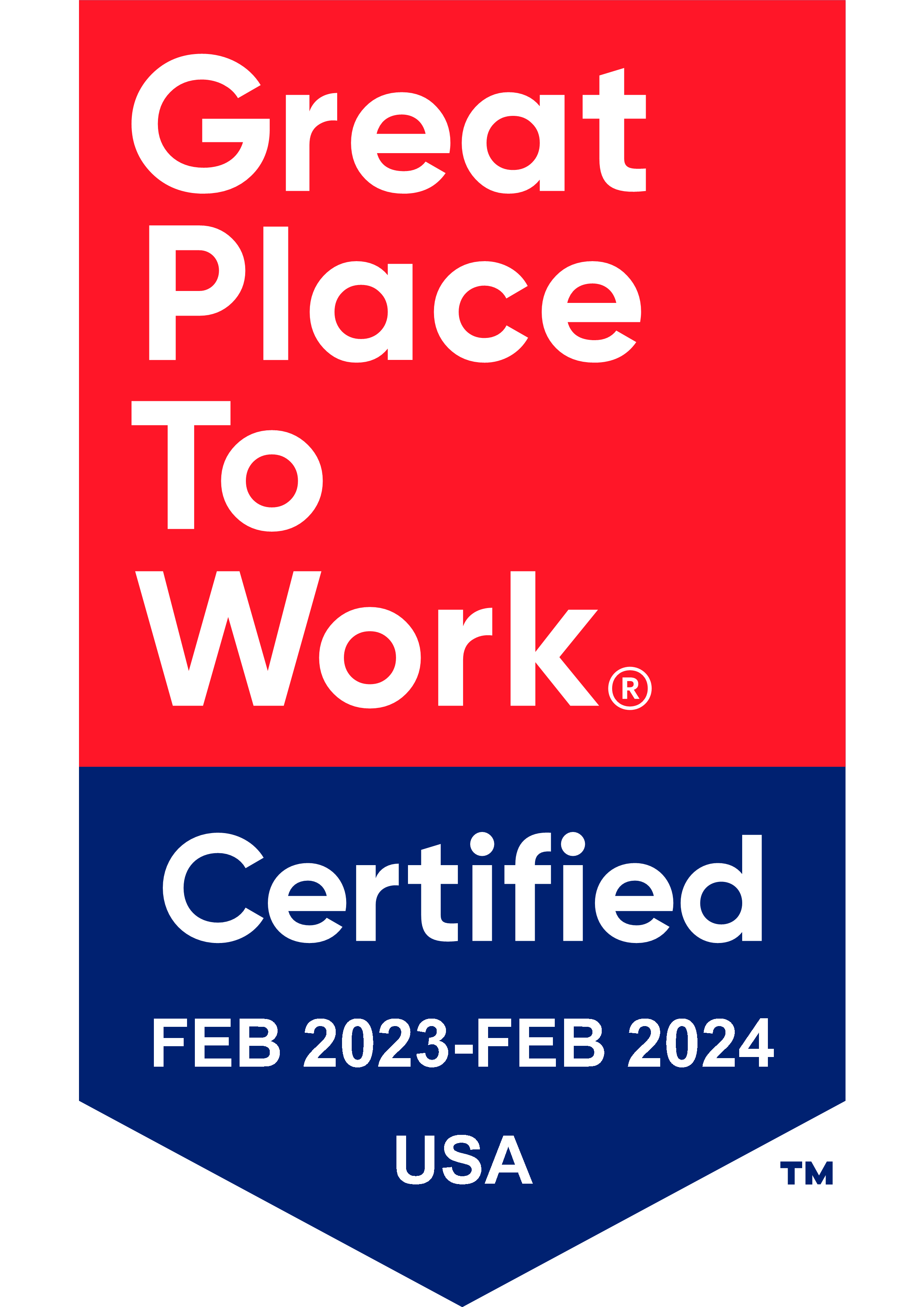
If you’ve been involved in medical device regulatory affairs for 5+ years, you know all too well that the requirements around technical documentation associated with European CE Marking have tightened. The MEDDEV 2.7-1 rev 4 guidance on clinical evaluations – in addition to the MDR and updates ISO 14971 risk management standard – gave many regulatory professionals heartburn.
Why the deluge? Here’s one factor. About 10 years ago, the French PIP breast implant scandal rocked the Notified Body world and made European Competent Authorities (Ministries of Health) stand up and take notice. EU regulators recognized a need to overhaul the regulation of medical devices and have stricter oversight of the Notified Bodies designated to regulate medical device manufacturers on their behalf. As such, Notified Bodies are increasingly under the microscope of regulatory scrutiny from the top down. That’s why the MDD was replaced with the much stricter Medical Device Regulation (MDR 2017/745).
So, now that the bar for technical documentation has been raised, it begs the question: What will EU Notified Bodies be looking for during your next technical documentation review? If you have not yet had the pleasure of going through this, you may have some trepidation about what to expect. That’s understandable. Often, Notified Bodies will audit your QMS on-site while they conduct a remote review of your technical documentation for CE Marking. Although regulatory professionals especially for Class I and IIa devices have been working on strengthening their technical documentation for years, many have not yet had their technical documentation put to the test under the MDR.
Here’s how things typically work. Your Notified Body would issue an MDD CE certificate valid for five years. The MDR essentially forces an automatic review of one or more of your technical documentation files during every surveillance audit. This means that under the EU MDR your device is approved for up to five years but not automatically approved for a five-year term, as issues may be uncovered during a routine QMS audit. The intent of this sampling of technical documentation under the EU MDR is to prevent the type of occurrences that happened under the MDD. Plainly put, Notified Bodies often were not seeing changes made to products over time and a cursory review every five years was not sufficient. That’s also why Article 120(3) exists in the MDR – to define what is considered a significant change.
How might this play out? Here’s a real-world scenario. Your device might be three years into a five-year term and, during a surveillance audit, your Notified Body may ask you to provide additional and more detailed information about technical documentation. In this manner, the European model is moving more toward the US model whereby FDA inspects not only the quality management system but also product information too, even if a device already has 510(k) clearance.
Its helpful to understand what your Notified Body must do as part of the technical documentation review. By the way, this technical documentation review can occur either remotely as part of obtaining a CE certificate or during a routine QMS audit. According to Annex VII of the EU MDR, your Notified Body must:
The auditor examining your documentation must have proven knowledge and experience, and understand the device technology and its clinical application. In some cases the auditor may bring in external experts who have direct or current expertise with the device and the clinical conditions in which it is used. You can read extensive information on this in Section 3 of Annex VII.
Annex I: it all starts here, and you may recall these requirements being called the Essential Requirements in the MDD. To better define their intent, the EU MDR now calls these General Safety and Performance Requirements (GSPR). Frankly, many Notified Bodies used to gloss over the Essential Requirements during an audit, but not any longer. Notified Bodies now use these requirements as a backbone of their review and apply them using a traceability matrix. You’ll definitely want to study and follow these requirements because you can bet that your Notified Body will use them as a guide.
You can expect your Notified Body to dig deep into many areas of your technical documentation, but you would be well advised to pay special attention to the following areas:
Annex IX, Section 2.3 talks about how Notified Bodies must select samples of your technical documentation and the need to document their rationale for their selection of samples. Their sampling must take the following into account:
Here’s a pro tip from BSI, the largest European medical device Notified Body: as far as is practical, [MDR] submissions should be stand alone, and not refer to previous [MDD] submissions for evidence of compliance. The reason is that the reviewer must assess the documentation in the context of the intended submission and confirm that it is still relevant within this context. If a submission draws upon information previously submitted to BSI, please include the relevant report or document which demonstrates compliance, rather than directing the reviewer to the earlier review. This will save time.
Typically, European Competent Authorities have kept a low profile, especially when it comes to low- and medium-risk devices (which comprise 95% of device volume). But now manufacturers especially self-declared Class I devices can expect to see more market surveillance from Competent Authorities. We have seen evidence of Competent Authorities in the Netherlands and Belgium, for example, inspecting Class I self-declared manufacturers! In the near term, you can expect to see more involvement from Competent Authorities, but this is also part of a longer-term trend to assert more control for reasons explained earlier.
Regardless of where you are on the EU MDR knowledge ladder, we have the training and consulting support to help.
On the training side, our our EU MDR overview class will get you up to speed quickly while our EU MDR Auditor class teaches experienced auditors how to audit to the MDR.
On the consulting side, our EU MDR team can help review and structure your Technical Documentation in accordance with EU MDR requirements.

US OfficeWashington DC
EU OfficeCork, Ireland



UNITED STATES
1055 Thomas Jefferson St. NW
Suite 304
Washington, DC 20007
Phone: 1.800.472.6477
EUROPE
4 Emmet House, Barrack Square
Ballincollig
Cork, Ireland
Phone: +353 21 212 8530